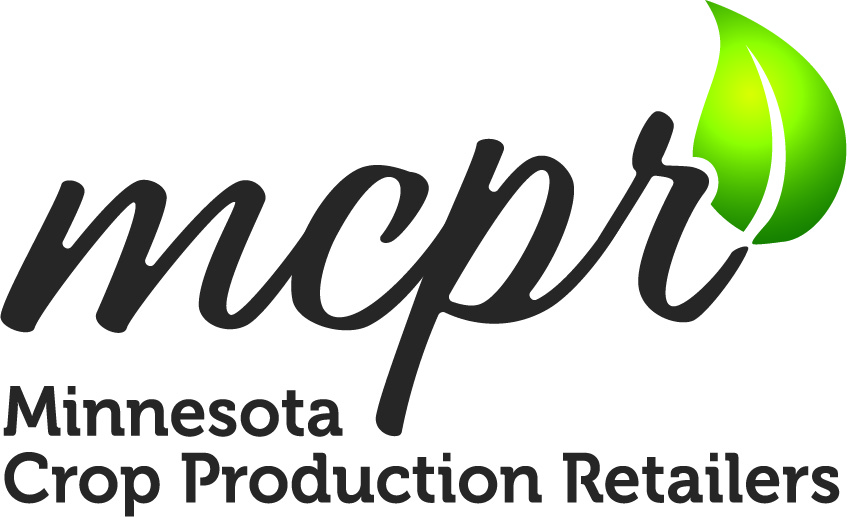Optimizing White Mold Management in Soybeans and Dry Beans with Fungicides
This presentation will provide a comprehensive review of dry bean and soybean white mold fungicide application research conducted in eastern North Dakota in the past decade. Concise data summaries will be presented to facilitate improved decision-making for (1) optimizing fungicide application timing when conditions favor white mold as dry beans and soybeans enter bloom; (2) optimizing fungicide spray droplet size relative to canopy characteristics, row spacing, and nozzle manufacturer; (3) optimizing the interval between applications when a second fungicide application is made; and (4) assessing the economic return associated with increased fungicide spray volume. Results from multi-location, multi-year studies indicate that there are significant penalties to applying fungicides targeting white mold too early and too late; that yield gains from fungicide applications targeting white mold can be increased 50 to 100% by properly calibrating fungicide spray droplet size; that making sequential applications 7 days apart is optimal in 0-maturity soybeans; and that increasing spray volume above 10 gal/ac does not always improve fungicide performance.
Speaker: Michael Wunsch, North Dakota State University Carrington Research Extension Center
Biography: Dr. Michael Wunsch is a plant pathologist with North Dakota State University’s Carrington Research Extension Center. His research and outreach efforts are primarily focused on addressing disease management problems in broadleaf crops grown in North Dakota, with an emphasis on improving the management of white mold in dry edible beans, soybeans, and sunflowers and improving the management of root and foliar diseases of field peas, chickpeas, and lentils. Michael obtained his B.S. from the University of Missouri and his Ph.D. from Cornell University, and he commenced his employment with the NDSU research center in Carrington in 2010. Michael is originally from Montana.
